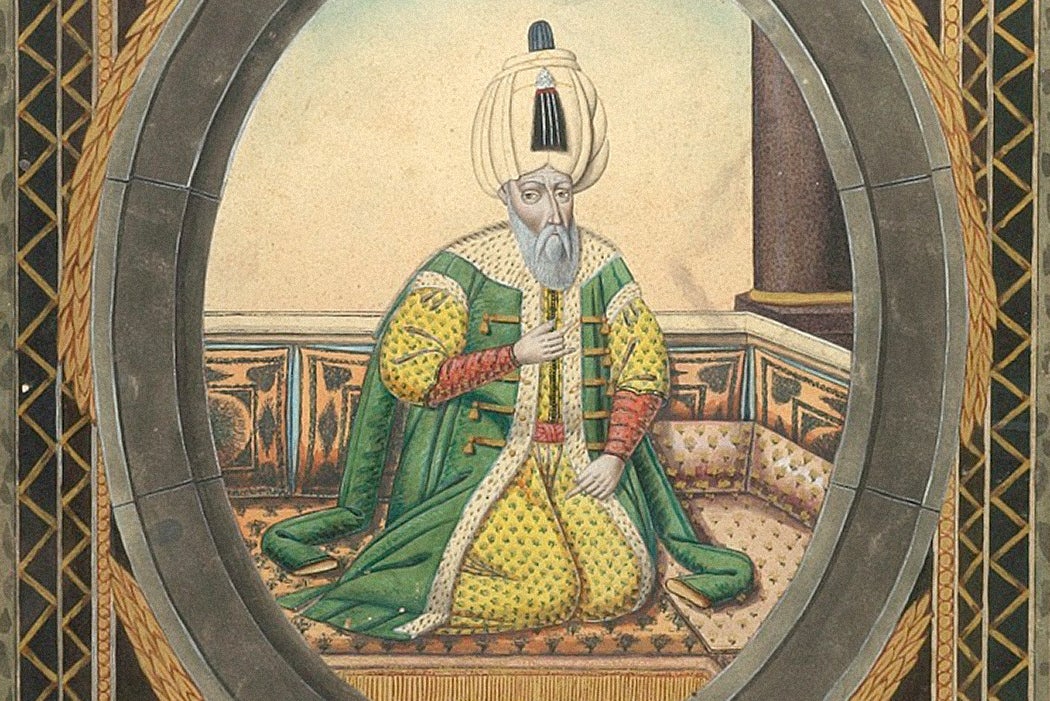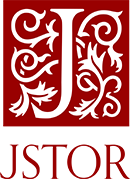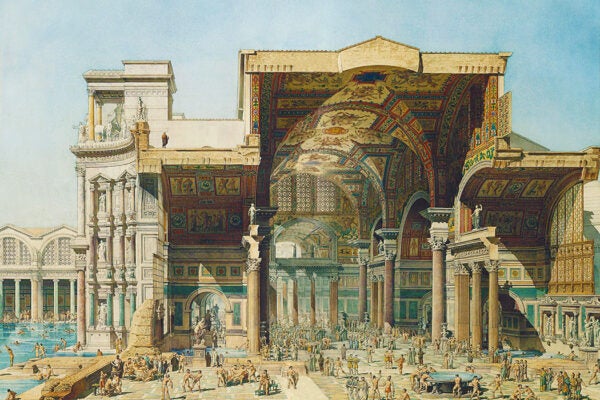In the fifteenth century, military conquests transformed the Ottoman state from a regional force in the shadow of the Timurid Empire, which ruled Persia, into a major world power. As historian Linda T. Darling observes, Ottoman art, writing, and political philosophy grew up to meet the new reality.
Darling writes that, in their beginnings in the fourteenth century, Ottoman courts supported poets, religious scholars, and other writers and thinkers. However, the most prominent political literary works of that period were translations of older writings from the Perso-Islamic tradition. Leaders did support Turkish writers, such as Ahmedi, who composed an influential iteration on the longstanding tradition of romantic stories based on the life of Alexander the Great. Ahmadi’s version concluded with a celebration of the Ottoman rulers as a combination of nomadic holy warriors, or gazis, and royal heads of a well-regulated state in the mold of earlier Middle Eastern empires.
Then, in 1453, the Ottomans conquered Constantinople, the capital of the Byzantine Empire, transforming their place in geopolitics. The empire’s ruler, Mehmed II, extended his literary patronage beyond Turkish authors to Greek and Persian writers, producing works in these traditions in praise of his rule.
Where Ottoman intellectuals and artists had previously traveled to cultural centers in Egypt, Persia, Italy, or elsewhere to study, Darling writes, now the Ottomans attracted foreigners seeking education and culture. And Ottoman artists created new kinds of work, such as a miniature painting style influenced by Byzantine, Persian, and Italian works.
At the royal court, scribes advanced Ottoman Turkish as a language of elite writing, compiling collections of letters to convey correct writing methods, and drawing up a style manual. Officials also actively engaged with other cultural centers.
Mehmed’s son, Bayezid II, shifted the center of Ottoman cultural influence east, selling off Italian art and moving patronage from Greek authors to Persian ones. Bayezid also commissioned Timurid poets such as Nava’i to write original works in Turkish.
Weekly Newsletter
“Nava’i’s influence was so great, or literary Turkish was developing to such an extent, that writing in Turkish came into fashion throughout the Middle East,” Darling writes.
The most influential political literature offering advice to rulers in this time identified Bayezid and other “sultans” as the “Shadow of God on Earth” and argued that they must simultaneously promote Islam and cater to the practical needs of the populace. They called for the wise use of the military and government bureaucracy to provide justice and material prosperity to the common people. At the same time, some writers critiqued the growing imperial bureaucracy, drawing on the image of nomadic gazi rulers from an earlier time. They advanced the idea of an “ideal sultan” devoted to “distributing his wealth among his followers rather than hoarding it in a treasury,” Darling writes.
But, to the extent that the image of gazi sultans was ever a reality, it was rapidly left behind as the Ottoman Empire became a central node of world politics and remained that way for centuries.







